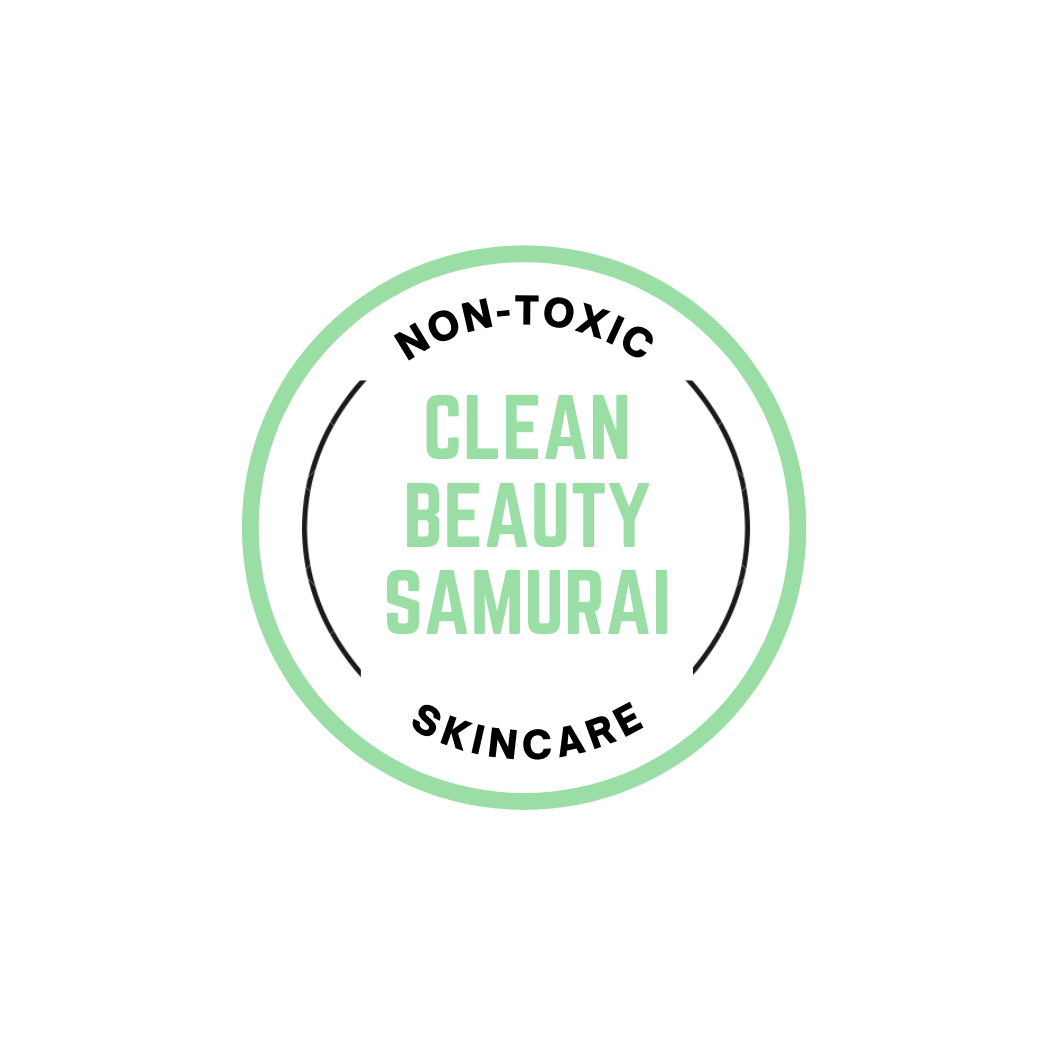The sun, its effects, and sunscreen!…
Sunny days are already here along with all the fun, swimsuits, sunglasses, and bronzed skin… Woohooo!!!. But it also comes with some risks that we all need to be aware of.
Sun exposure is responsible for many skincare concerns that range from wrinkles, hyperpigmentation, uneven skin tone and skin cancer.
To understand sun damage, we first need to understand UV rays. UVA and UVB rays are the two basic types of ultraviolet rays that reach the Earth’s surface.
UVA rays play an important role in premature aging and skin cancer development. These rays penetrate deep into the skin and damage it long-term.
UVB rays are shorter waves that only reach the surface of your skin. These rays are responsible for producing sunburn but also contribute to skin cancers.
Because of these reasons, next time you purchase sunscreen, look for a “broad-spectrum” sunscreen that protects you against both, UVA and UVB rays.
How to choose a sunscreen?
Protection
SPF stands for Sun Protection Factor and it is a measure of how long it would take the sun to burn your skin compared to the time if would take to burn you without any sunscreen.
Using a SPF 50 sunscreen, it means that it would take 50 times longer for the sun to burn your skin compared to the amount of time if you didn’t use sunscreen.
Now that you know that, it is recommended to use a sunscreen that is SPF 30 or higher.
Formulation
There are two main types of sunscreen, mineral and chemical sunscreen. Their definition depends on which chemical ingredient they use for sun protection.
Mineral sunscreens use zinc oxide and titanium dioxide as physical barriers to protect you against UV rays. Mineral ingredients don´t penetrate your skin. Instead, they remain in the surface and reflect the rays away from it
Chemical sunscreens use organic ingredients to protect you against UV rays. These ingredients penetrate the skin like Oxybenzone, Avobenzone, Octinoxate, Homosalate and Octocrylene. Once penetrated into your skin, the ingredients absorb UV rays and disip them, preventing any harm.
How do I know if my susncreen contains these ingredients? Read the ingredients label. Follow our guide
Scientific research has shown that a trace amount of these ingredients actually get into your blood and that causes skin sensitivity and other health problems. It becomes very problematic when breastfeeding since trace amounts of these chemical ingredients have been found in breast milk too.
A lot of research needs to be done yet to support regulatory organizations like FDA (Food and drugs administration) to decide on their uses. In the meanwhile, as skincare advisors, we highly recommend using mineral sunscreen, especially for a skin-sensitive profile. Find out your perfect sunscreen match after taking our Skincare Quiz.
Best practices
- Some people only use sunscreen when they are directly exposed to the sun or when they feel it is hot enough, for example, when going to the beach. We need to be aware that UV rays are present with minimal sunlight, therefore, we need to be protected ALWAYS.
- Apply your sunscreen every day, and every two hours if you are outdoors to guarantee sun protection. Remember that we sweat, and we need to guarantee that the protection is still active over time.
- Apply sunscreen before going out. Sunscreen takes time to settle in your skin. Apply your sunscreen 15 minutes before going out.
- When applying sunscreen, protect all your exposed body. Don’t forget your neck, ears, around eyes, hands, and feet. There are also special sunscreens for your scalp and SPF lip balms.
- Use your hat, sunglasses, and clothing to protect your skin better.
- Seek shade from 10 am to 2 pm. During these hours UV rays are stronger.
UV Index
We have found very interesting that the US National Weather Service and the Environmental Protection Agency have developed the UV Index. This index tells you how strong UV rays are in your geographic region in the next days. This way you can plan accordingly on when is more convenient to go out according to your location.




